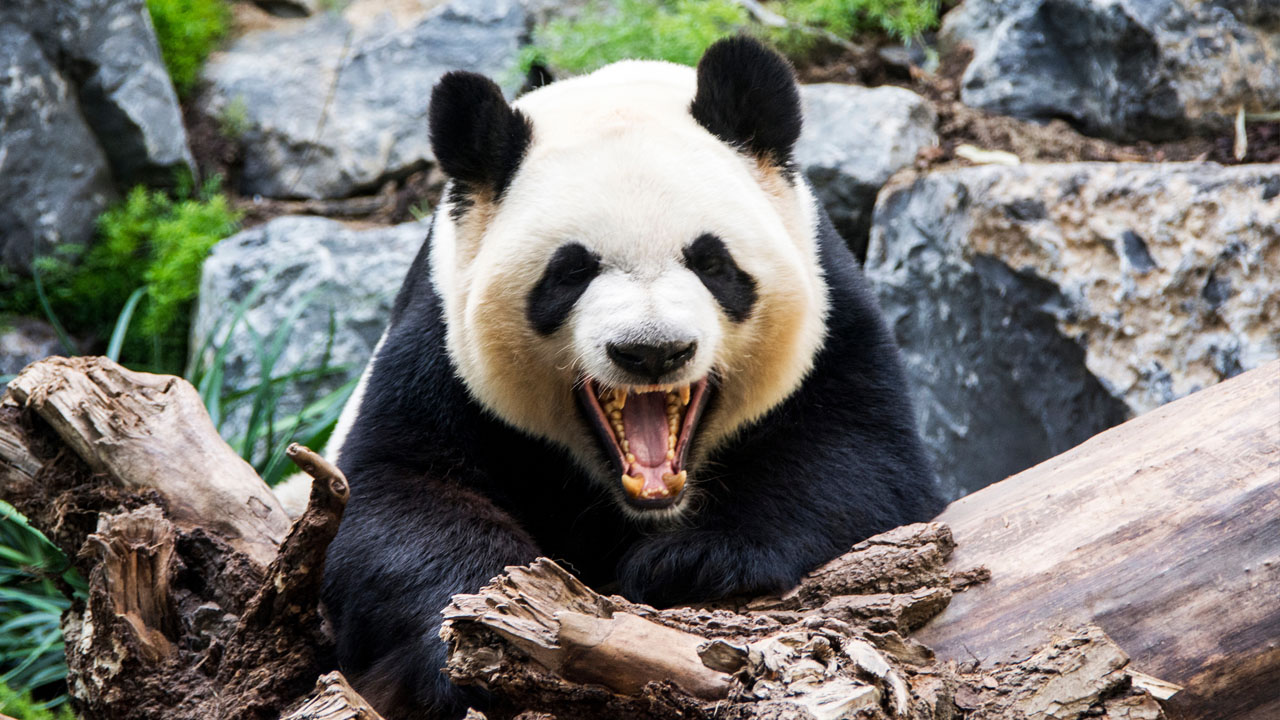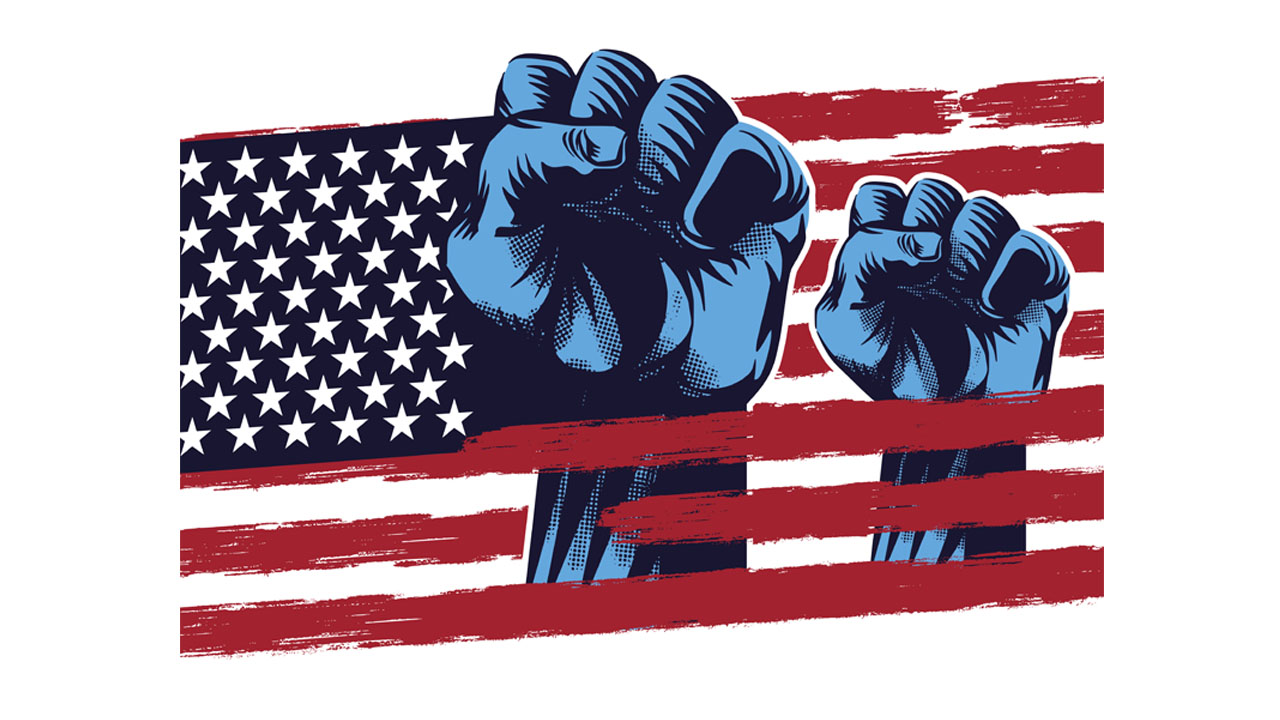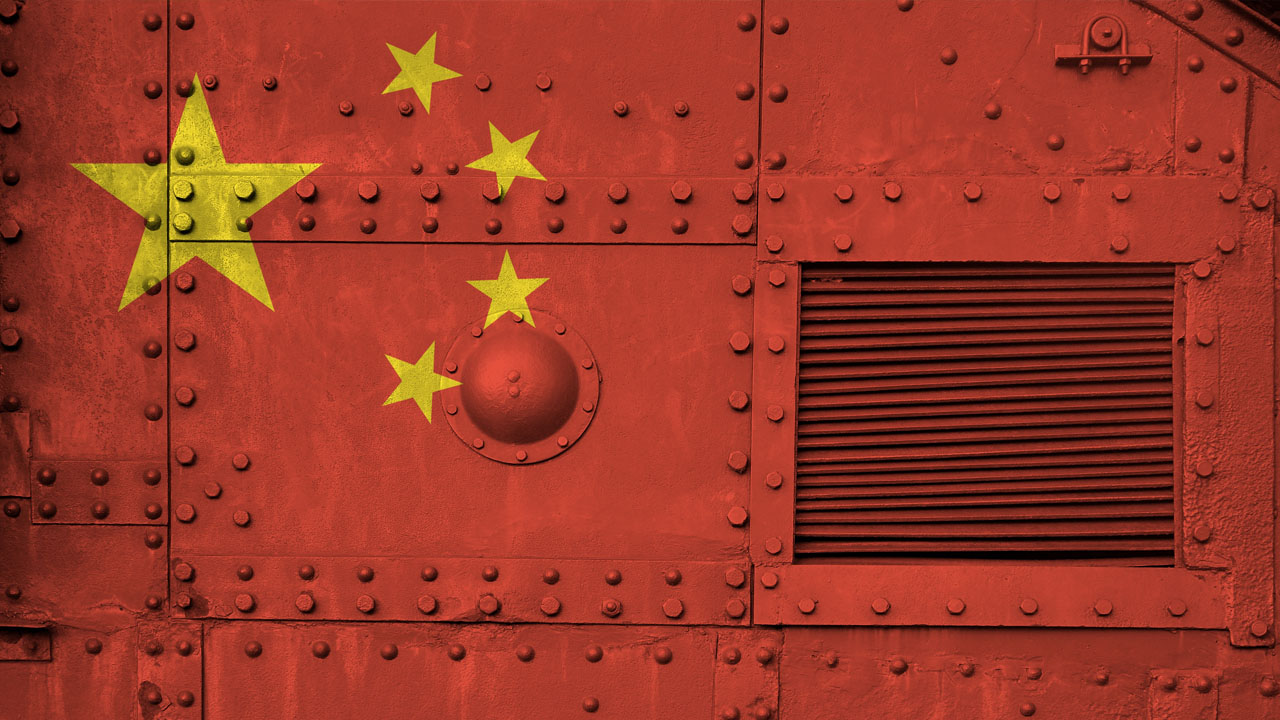
Trump and Xi prepare to face each other. Between threats and rare earths, both swear to the same vow: never kneel.
On October 30th, Donald Trump and Xi Jinping are set to meet in South Korea during the APEC summit. It will be the first time the two leaders come face to face since Trump’s return to the White House, and the timing could hardly be more tense: a reignited trade war, a blacklist of over 20,000 Chinese companies, and Beijing’s new offensive over so-called “rare earths,” essential for the global production of advanced technology.
China has decided to restrict exports of these strategic minerals—a move Washington interprets as a direct threat. Trump has responded by warning that, unless China backs down, he will impose an additional 100% tariff on Chinese goods. Both rhetoric and gestures point toward confrontation.

Beijing’s Message
China’s Ministry of Foreign Affairs released a video a few months ago titled “Never Kneel” (bùguì 不跪)—a piece of propaganda denouncing U.S. “bullying” and portraying China as the nation leading the rest of the world against American imperialism.
In the video, Beijing stands tall and defiant, accusing Washington of acting like a “paper tiger,” a metaphor drawn from Korean War–era propaganda. The message is clear: China will not submit. Yet behind that proud tone lies a calculated strategy—to test how far Trump is willing to pull the rope before it snaps. China seems to be betting that, under economic and political pressure, the U.S. will blink first. But what if it’s wrong?
The New War of the Lists
The confrontation has become structural. The Entity List, a U.S. export control tool originally designed to curb the spread of weapons, has turned into an economic weapon. During his first presidency, Trump used it to hit Chinese giants like Huawei and SMIC; now his administration has expanded it to thousands of additional firms, including foreign subsidiaries. With a single designation, any company can be cut off from U.S. technology—an act of sanction that needs no bombs to be devastating.
China, for its part, is responding with what it has: critical raw materials and control over parts of the global supply chain. The result is a kind of mutually assured commercial destruction. If silicon and chips are the oxygen of the modern economy, rare earths are its blood.
Pride and Survival
But the duel between Xi and Trump goes far beyond trade or technology. It is a battle of symbols—of national pride, of hegemony, of narrative. “Never kneel” is not just a political slogan; it’s a declaration of identity. And in this mirror of dignity and defiance, both leaders strive to appear stronger before their domestic audiences.
Yet, in the history of great powers, gestures of pride often come at a high price. The United States cannot sustain a global tariff war indefinitely, nor can China afford to sever the markets that fuel its growth. As both sides harden their rhetoric, the risk of miscalculation—or overreaction—rises sharply.

Is There a Third Way?
The October 30th meeting will, in truth, be a test of restraint. We will see whether Trump and Xi can find a middle ground between firmness and recklessness. Neither wants to kneel—but neither can afford to fall.
In these times of entrenched superpowers, the truest show of strength may not be to strike harder, but to know when to ease the grip
____________________________________________
Originally published in the Ecuadorian newspaper El Comercio.
